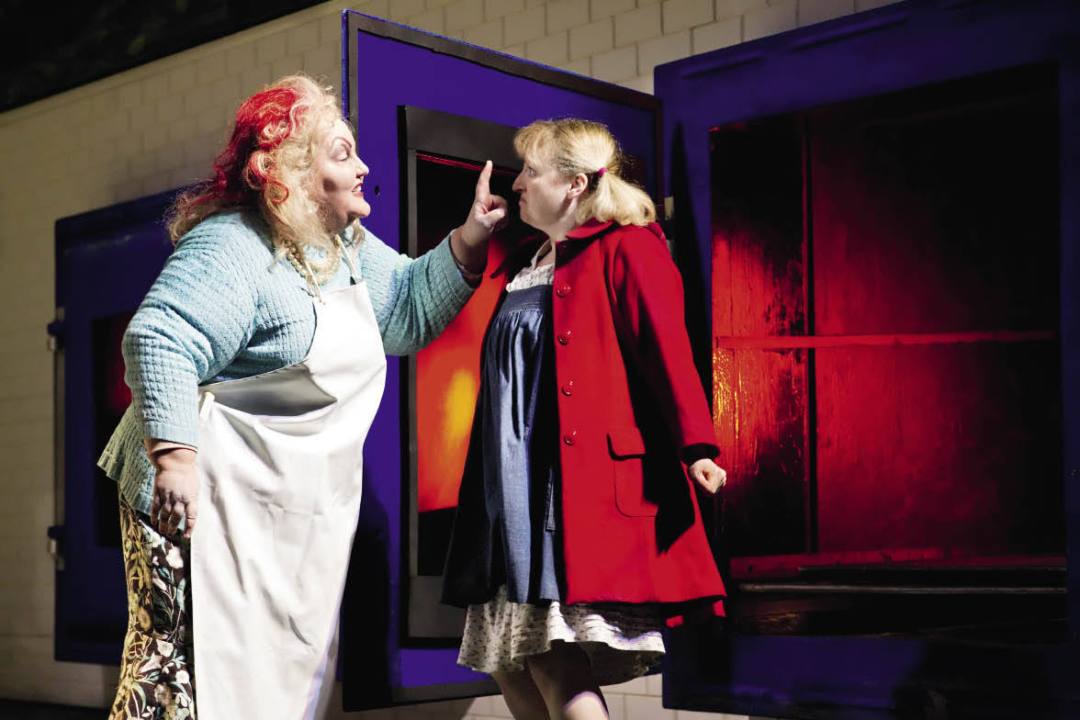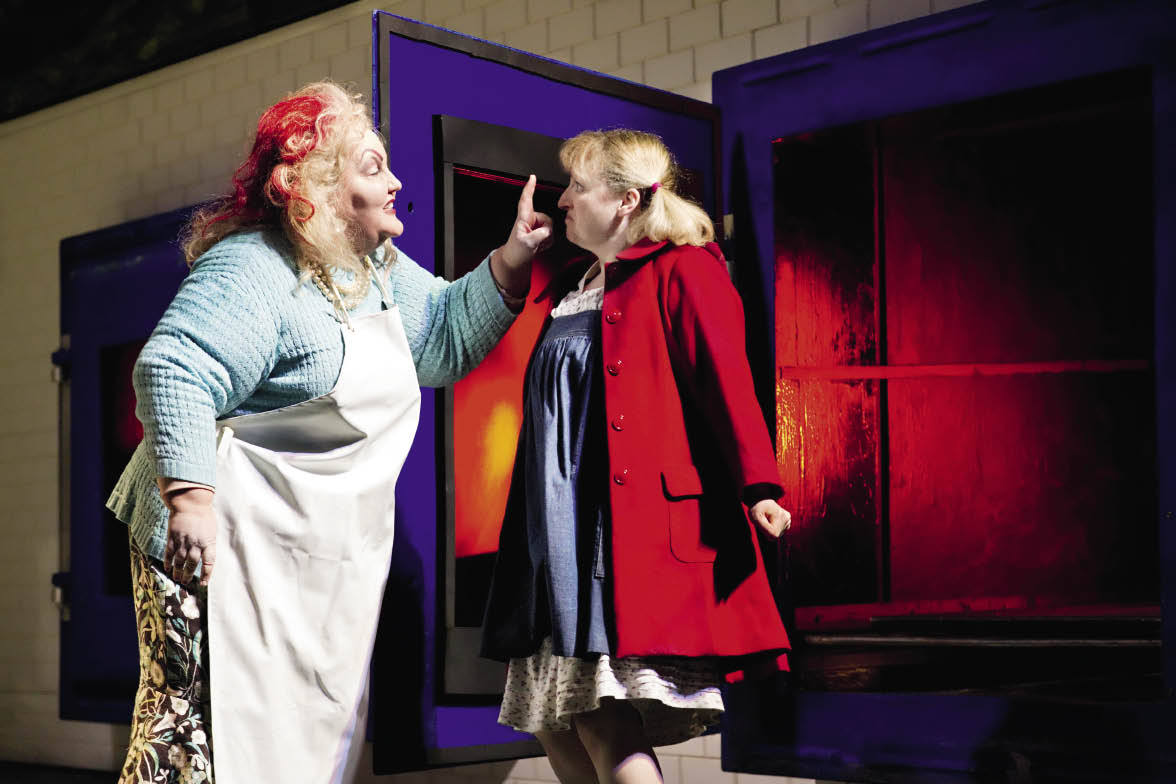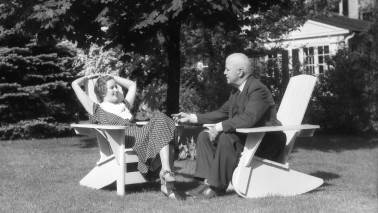Is Humperdinck’s Hänsel und Gretel an opera for children of all ages, or for grown-ups and for children, or mainly for grown-ups? I went to the Royal Opera’s revival of it just after Christmas, to a 12.30 matinée (there were several), which I took to be for the benefit of children, as well as possibly being an unusual piece of thoughtfulness about transport on the part of the management.
Is Humperdinck’s Hänsel und Gretel an opera for children of all ages, or for grown-ups and for children, or mainly for grown-ups? I went to the Royal Opera’s revival of it just after Christmas, to a 12.30 matinée (there were several), which I took to be for the benefit of children, as well as possibly being an unusual piece of thoughtfulness about transport on the part of the management. There were disappointingly few children there, though, and very little audible reaction on the part of those that were there; I’d hoped for something a little more like a pantomime audience.
Anyone seeing this production of the Caurier-Leiser team might well be puzzled about how to take it. The first two acts are, so far as what we see goes, fairly nondescript. The children’s bedroom is a triangular affair, with nothing suggestive of the acute poverty which is the most genuinely upsetting feature of the work. Act II gives us a mainly two-dimensional forest, though recesses are revealed as the action proceeds. The dream pantomime, with angels descending to the score’s glorious music, is unforgivably kitschy, the angels with light bulbs illuminating the insides of their wings. A failure of taste on this scale was bewildering first time round; its survival is gross.
With Act III things take a quite different turn after the teeny gingerbread house appears.









Comments
Join the debate for just £1 a month
Be part of the conversation with other Spectator readers by getting your first three months for £3.
UNLOCK ACCESS Just £1 a monthAlready a subscriber? Log in